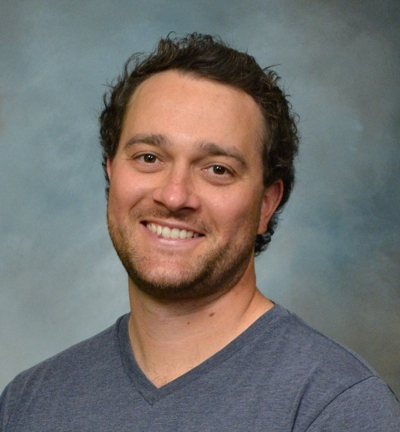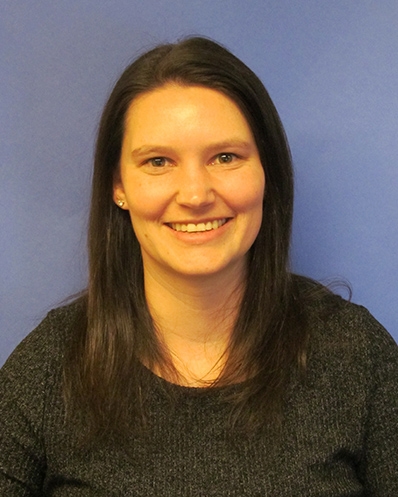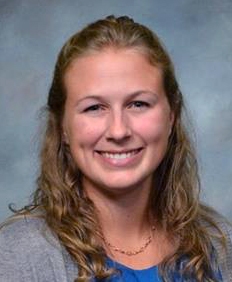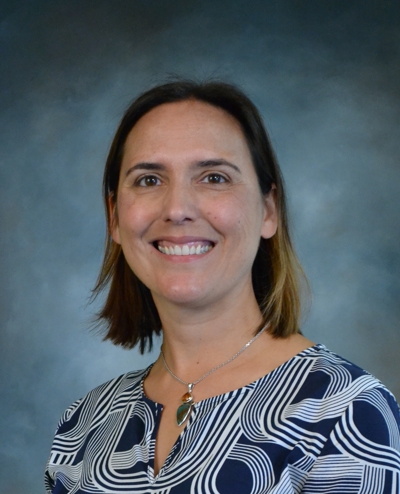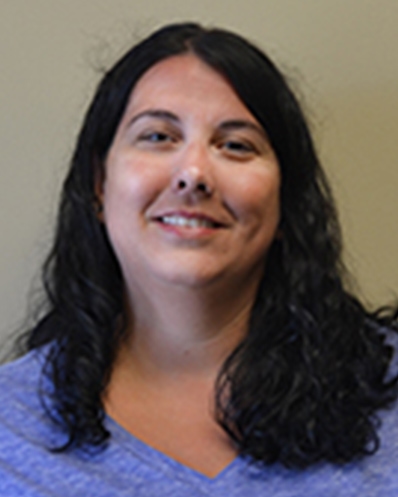Occupational Therapy
Occupational therapy (OT) helps individuals develop, recover, or maintain the skills needed for daily living and working. Occupational therapists evaluate a person's abilities and challenges in performing daily activities, they create customized plans to address specific needs, which may include exercises, activities, and adaptive techniques, help individuals improve motor skills, cognitive functions, and sensory processing, train individuals to use adaptive tools and technologies to enhance independence, and provide education to patients and their families about managing conditions and improving quality of life. Their goal is to help individuals achieve greater independence and participate fully in life.
Some conditions and situations in which occupational therapy can help are:
- Sudden serious health conditions such as a stroke, heart attack, brain injury.
- Chronic (ongoing) conditions, such as arthritis, multiple sclerosis.
- Mental and physical impairments a person has had since birth
- Recovery from a work-related injury
- Learning disabilities or developmental disabilities
- Alzheimer’s disease, post-traumatic stress, substance abuse, or eating disorders
Key Services
- Adaptive Cycling Program
- BIG Parkinson's Program
- Driving Program
- Hand Therapy
- Lymphedema Therapy
- Neurorehabilitation
- Oncology Rehabilitation
-
 Rehabilitation ServicesView Profile
Rehabilitation ServicesView Profile -
 Speech Language PathologyView Profile
Speech Language PathologyView Profile -
 Wound CareView Profile
Wound CareView Profile -
 Rehabilitation ServicesView Profile
Rehabilitation ServicesView Profile -
 Rehabilitation ServicesView Profile
Rehabilitation ServicesView Profile -
 Rehabilitation ServicesView Profile
Rehabilitation ServicesView Profile -
 Wound CareView Profile
Wound CareView Profile -
 Rehabilitation ServicesView Profile
Rehabilitation ServicesView Profile -
 Rehabilitation ServicesView Profile
Rehabilitation ServicesView Profile -
 Rehabilitation ServicesView Profile
Rehabilitation ServicesView Profile -
 Wound CareView Profile
Wound CareView Profile -
 Rehabilitation ServicesView Profile
Rehabilitation ServicesView Profile -
 Rehabilitation ServicesView Profile
Rehabilitation ServicesView Profile -
 Rehabilitation ServicesView Profile
Rehabilitation ServicesView Profile -
 Rehabilitation ServicesView Profile
Rehabilitation ServicesView Profile -
 Rehabilitation ServicesView Profile
Rehabilitation ServicesView Profile -
 Speech Language PathologyView Profile
Speech Language PathologyView Profile -
 Rehabilitation ServicesView Profile
Rehabilitation ServicesView Profile -
 Rehabilitation ServicesView Profile
Rehabilitation ServicesView Profile -
 Speech Language PathologyView Profile
Speech Language PathologyView Profile -
 Speech Language PathologyView Profile
Speech Language PathologyView Profile -
 Rehabilitation ServicesView Profile
Rehabilitation ServicesView Profile -
 Rehabilitation ServicesView Profile
Rehabilitation ServicesView Profile -
 Speech Language PathologyView Profile
Speech Language PathologyView Profile -
 Rehabilitation ServicesView Profile
Rehabilitation ServicesView Profile -
 Wound CareView Profile
Wound CareView Profile -
 Wound CareView Profile
Wound CareView Profile -
 Wound CareView Profile
Wound CareView Profile -
 Rehabilitation ServicesView Profile
Rehabilitation ServicesView Profile -
 Rehabilitation ServicesView Profile
Rehabilitation ServicesView Profile -
 Rehabilitation ServicesView Profile
Rehabilitation ServicesView Profile -
 Rehabilitation ServicesView Profile
Rehabilitation ServicesView Profile -
 Rehabilitation ServicesView Profile
Rehabilitation ServicesView Profile -
 Rehabilitation ServicesView Profile
Rehabilitation ServicesView Profile -
 Rehabilitation ServicesView Profile
Rehabilitation ServicesView Profile -
 Rehabilitation ServicesView Profile
Rehabilitation ServicesView Profile -
 Rehabilitation ServicesView Profile
Rehabilitation ServicesView Profile -
 Rehabilitation ServicesView Profile
Rehabilitation ServicesView Profile -
 Rehabilitation ServicesView Profile
Rehabilitation ServicesView Profile -
 Rehabilitation ServicesView Profile
Rehabilitation ServicesView Profile -
 Rehabilitation ServicesView Profile
Rehabilitation ServicesView Profile -
 Rehabilitation ServicesView Profile
Rehabilitation ServicesView Profile -
 Speech Language PathologyView Profile
Speech Language PathologyView Profile -
 Rehabilitation ServicesView Profile
Rehabilitation ServicesView Profile -
 Rehabilitation ServicesView Profile
Rehabilitation ServicesView Profile -
 Rehabilitation ServicesView Profile
Rehabilitation ServicesView Profile -
 Rehabilitation ServicesView Profile
Rehabilitation ServicesView Profile -
 Speech Language PathologyView Profile
Speech Language PathologyView Profile -
 Rehabilitation ServicesView Profile
Rehabilitation ServicesView Profile -
 Rehabilitation ServicesView Profile
Rehabilitation ServicesView Profile -
 Speech Language PathologyView Profile
Speech Language PathologyView Profile -
 Rehabilitation ServicesView Profile
Rehabilitation ServicesView Profile -
 Rehabilitation ServicesView Profile
Rehabilitation ServicesView Profile -
 Rehabilitation ServicesView Profile
Rehabilitation ServicesView Profile -
 Rehabilitation ServicesView Profile
Rehabilitation ServicesView Profile -
 Rehabilitation ServicesView Profile
Rehabilitation ServicesView Profile -
 Rehabilitation ServicesView Profile
Rehabilitation ServicesView Profile -
 Wound CareView Profile
Wound CareView Profile -
 Rehabilitation ServicesView Profile
Rehabilitation ServicesView Profile -
 Rehabilitation Services - CardiopulmonaryView Profile
Rehabilitation Services - CardiopulmonaryView Profile -
 Rehabilitation ServicesView Profile
Rehabilitation ServicesView Profile -
 Wound CareView Profile
Wound CareView Profile
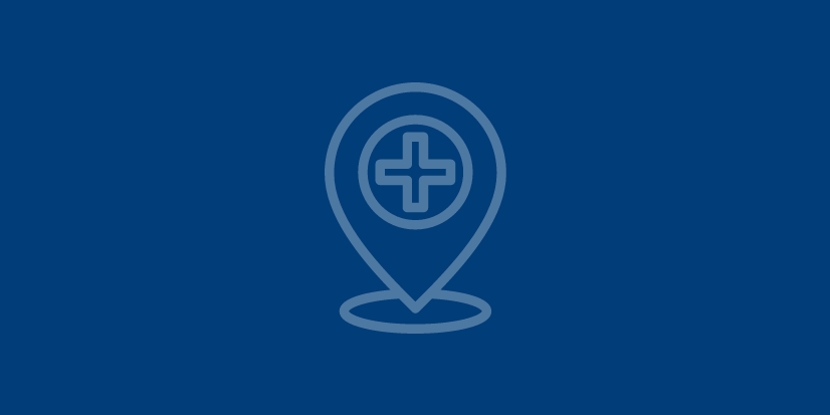


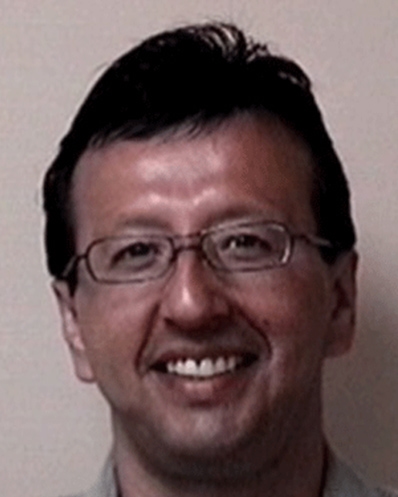


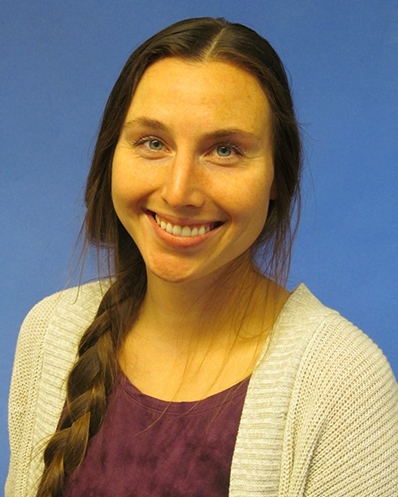
.jpg)
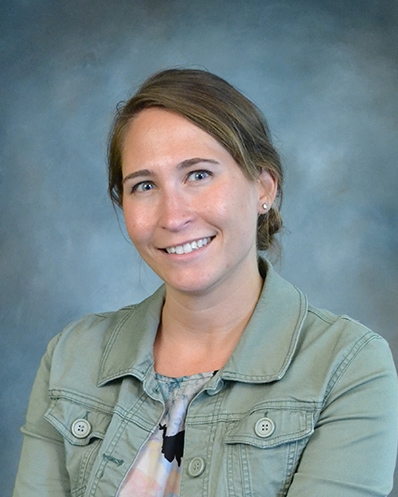


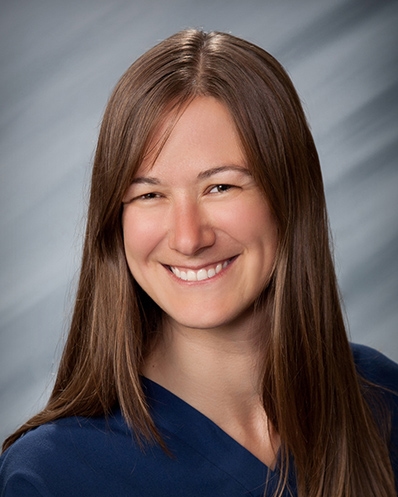

.jpg)







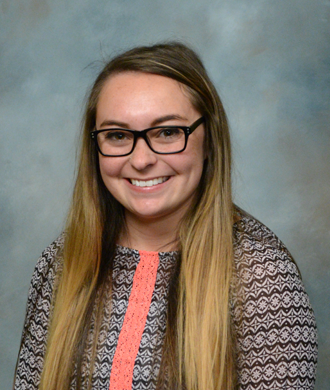



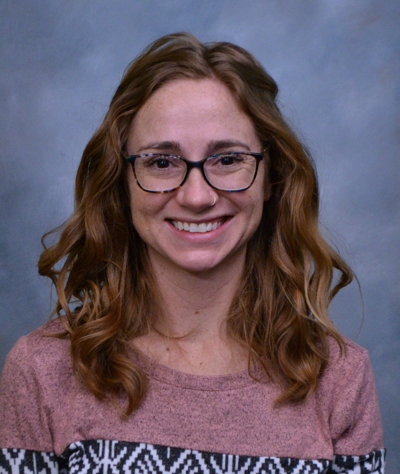



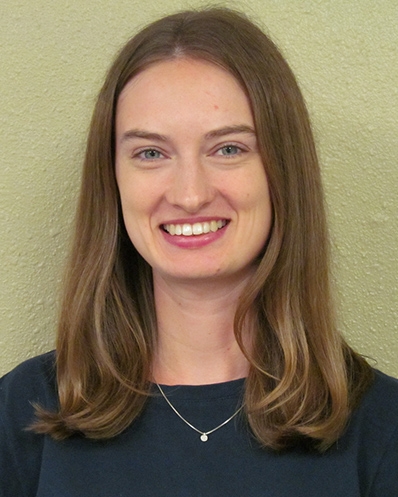
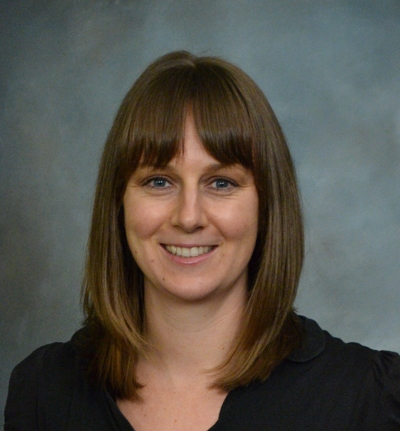
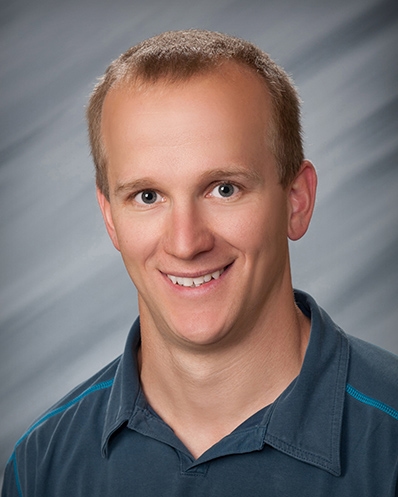
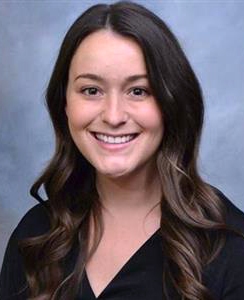
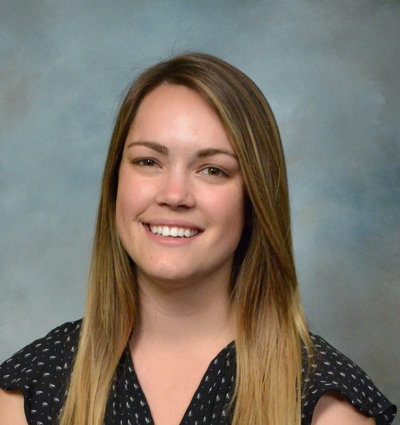
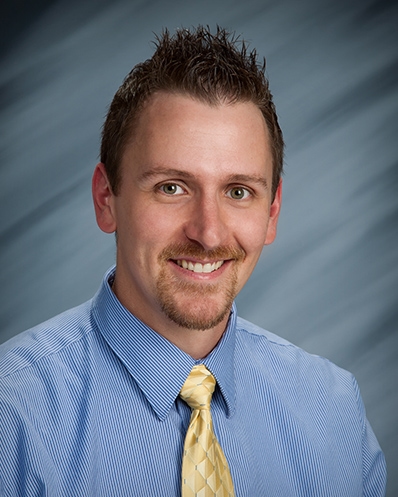







_330x413.png)
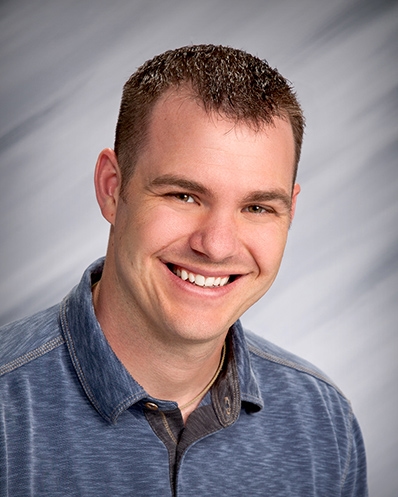


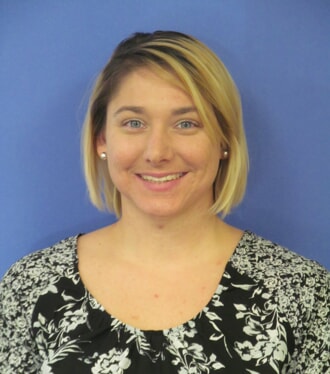



_330x413.png)
